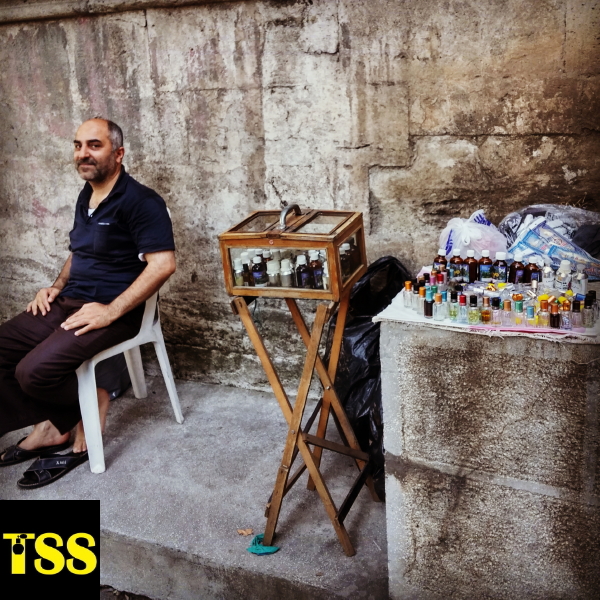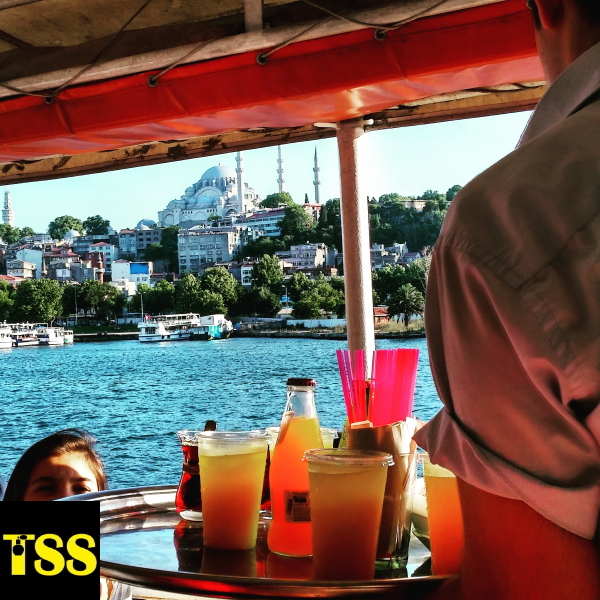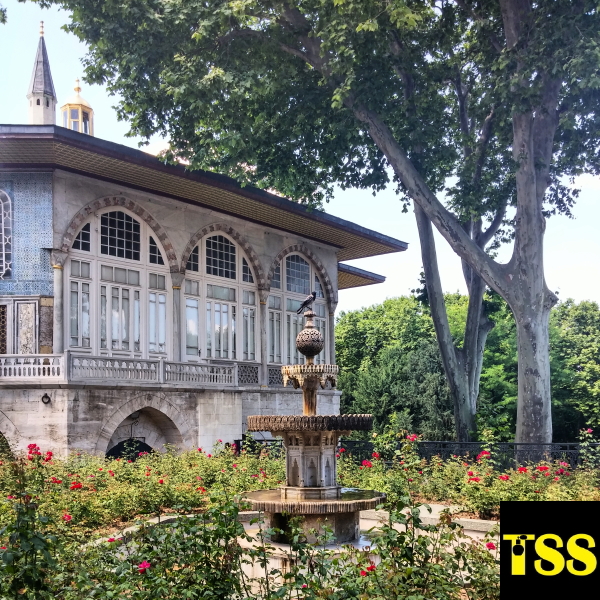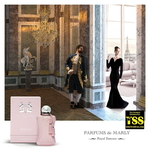Street Smells & Sights & a Sense of Place - Istanbul Instagram Recap - Part I {Perfume Images} {Peregrine Paris Photo}

© Chant Wagner
A Recap and a Selection of Street Smells & Sights and the Sense of Place they elicit, from Istanbul, Turkey.
Part I, with an Introduction
If online discursive perfume culture started out in most cases with a rejection of visual culture stigmatising it as a distraction from the essence of smelling, it's never been the course taken at The Scented Salamander. From the get-go in the column entitled Scented Images created on June 28, 2006, we were interested in putting smells to photos and images to smells. What has taken place though is that we've evolved from a synaesthetic approach to fragrance to a consciously visualist one in that we seek out to establish and explore how these two contradictory senses - you do smell better when closing your eyes for instance - can both deepen our understanding of each other and form an ulterior form of art...
A third component, space, has always been the dimension in which we have thought out perfume, starting with the column "Scented Paths & Fragrant Addresses,"in which we wrote on May 3, 2006 only two weeks after inaugurating the blog that,
"But we do not need to rely solely on a pre-designed architecture, we can also mentally compose that geography of desire, following paths, taking the road, meandering through the streets, and stopping at last in scented havens of our own choosing."
In our personal approach to street photography and urban photography in particular, we like to pay attention to olfactory islands of meaning in the flux of city life. If you compare smells to maritime currents - the trail of both a boat and a perfume is called a sillage in French, and even in English, incidentally - you will see that there are nexuses of convergences where certain smells abound and congregate in some areas of a city, which itself is typified by recurring patterns of scents forming an olfactory culture in its most popular form.
If you smell (and taste) repeatedly the same scents over and over again in a given area, you will know that those smells define this particular place in the urban maze and landscape.
There are portable street scents too. Many foodstuffs for instance can be smelled here but also there - the fact that a city like Istanbul has a rich history of street food makes it interesting to mine for food smells but also to compare sensations in the private and public spheres.
A street scent can also transport you elsewhere while your being in one place, just like a bottled perfume. For instance, at one point we experienced a very strong sensation of being back in the steppes of Central Asia thanks to an ambient scent of grilled meat, whose particular brand of smokiness and contact with the very open atmosphere made it smell like you were at a festive gathering in Central Asia. It was not the scent of grilled meat in Paris, nor the generic kebab restaurant smell. It was much more leathery. I took a picture of that place, but it does not illustrate the smell itself. The photo will just keep the memory of the place in the city olfactory map where the incident took place more than once. It is a bit more complex a relationship between space, image and olfaction/smell, so I will leave this type of visual-to-olfactory connection outside this travel recap.
So, in images and words, how does Istanbul smell like and taste like?

© Chant Wagner
Istanbul is a very fragrant city, one also who is also very self-conscious about smells and scents. This perfume street seller carries a library of perfume oils blended according to tradition rather than whimsy. While the French/European cultural discourse on perfume officially shuns replicating and copying, in reality tradition plays an all important role in perfume-making in France too. In this particular area, it smells of wonderfully fragrant grilled corn before you can stop and smell the rose. Not far away, men make their ablutions with soap and water. Smell that.
© Chant Wagner
A beverage vendor proposes tea and orange juice. You are brushed by the maritime winds, engulfed in the sound of the vapur motor. When you finally drink the orange juice, you have to note its bitter note, once more. The reason is cultural: the Turks have no qualms about smashing the pulp together with the seeds and even the zest, all together. This acceptance of the whole fruit yields a still sweet but also bitterer orange juice.
© Chant Wagner
Topkapi Palace has been replanted with roses from Isparta in an effort to go back to the olfactory roots of Ottoman culture. The rose garden in the summer afternoon was more visually striking than fragrant at that time of the day. It is however a constant symbolic reminder of the pride that the Turks take in their production of the famed rose essential oil and water.











